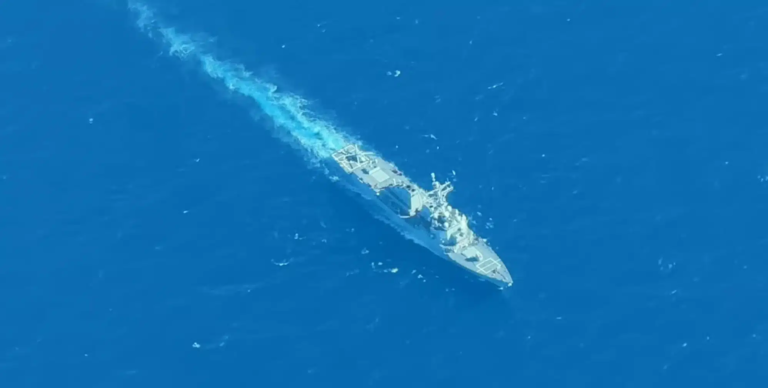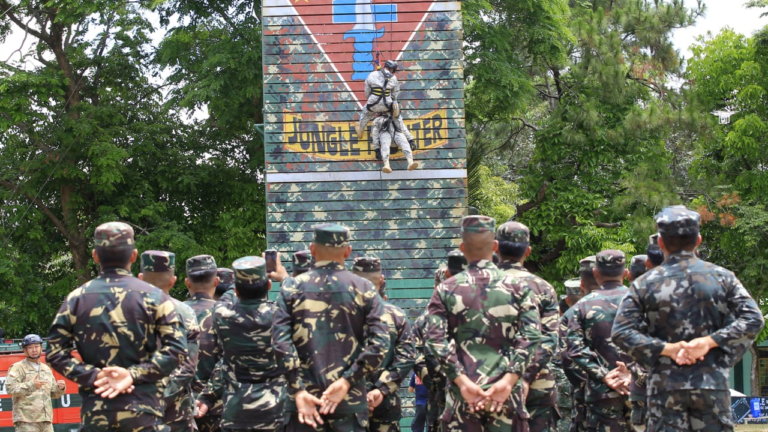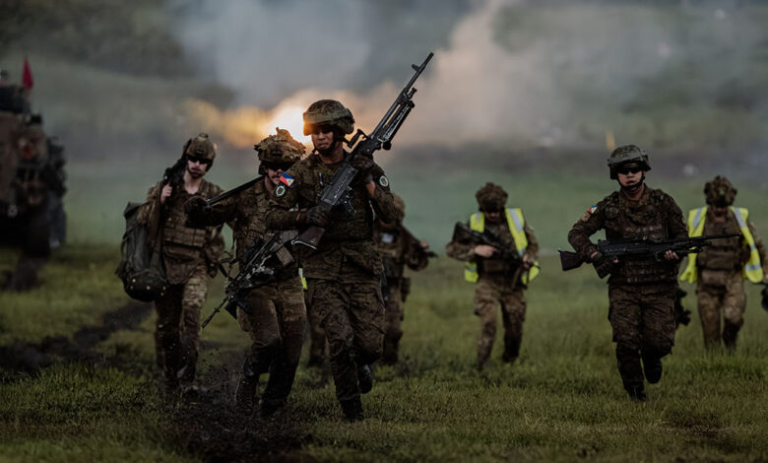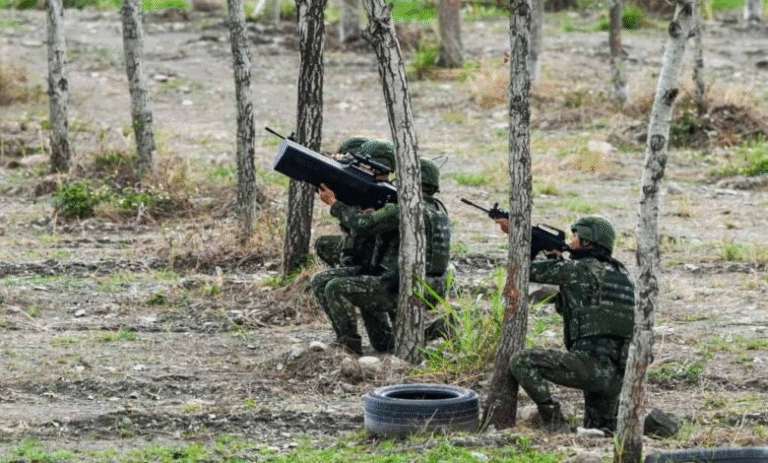
The U.S. Air Force is exploring new options to help with the development of improved fuzes for the 30,000-pound GBU-57/B Massive Ordnance Penetrator (MOP) bunker buster bomb. The service is also interested in additional sources for the production of other key GBU-57/B components, as well as assistance in sustaining its current stocks of the bombs. This follows the first combat use of the MOP in strikes on Iranian nuclear facilities last month.
The Air Force Life Cycle Management Center (AFLCMC) put out a contracting notice regarding potential GBU-57 production and support needs earlier today. The total size of the existing MOP inventory is classified, but Air Force Chief of Staff Gen. David Allvin said at a hearing before members of the Senate Appropriations Committee on June 26 that it is currently being expanded. At present, the B-2 stealth bomber is the only aircraft cleared to employ the massive bunker buster operationally, and can carry just two of them per sortie. The B-21 Raider stealth bomber is also expected to have the MOP in its arsenal, but it’s likely it will only be able to carry one of the bombs at a time. B-52s have been used to drop them during testing, as well.
“Fuze development and integration into the components of the GBU-57 weapon system, to include integration and software modification within the KMU-612 tail-kit and the BLU-127 fuzing system,” is among the stated areas of interest in the contracting notice.
The KMU-612/B, of which there are many variants already, is the tail section of the GBU-57/B, which contains the GPS-assisted inertial navigation system (INS) guidance package and other systems. The BLU-127/B is the penetrating “warhead” that is combined with the KMU-612/B and other components to form a complete MOP.
The contracting notice also lists the production of KMU-612E/B variants of the tail kit, production of other unspecified MOP components, sustainment support (“to include, but not limited to: support of all MOP hardware and support equipment; MOP tail kit repairs/retrofits; and MOP Engineering Technical Support”), and “obsolescence support and validation,” as areas where the Air Force is looking for new assistance.
“This Sources Sought is for informational planning purposes and it is not to be construed as a commitment by the Government for any actual procurement of materials, machinery, or services,” the notice also stresses. “This notice does not constitute a solicitation or a promise of a solicitation in the future. This Sources Sought does not commit the Government to a contract for any supply or service.”
The strikes on Iran in June have put a new spotlight on the GBU-57/B and made the bombs something of a household name. The need for an option to hold the Iranian nuclear enrichment facility at Fordow at risk without having to resort to using a nuclear bomb was central to the bomb’s original development. You can read more about the munition’s backstory in our recent interview with a retired Los Alamos National Laboratory (LANL) scientist who took part in testing that led up to the MOP program here.





